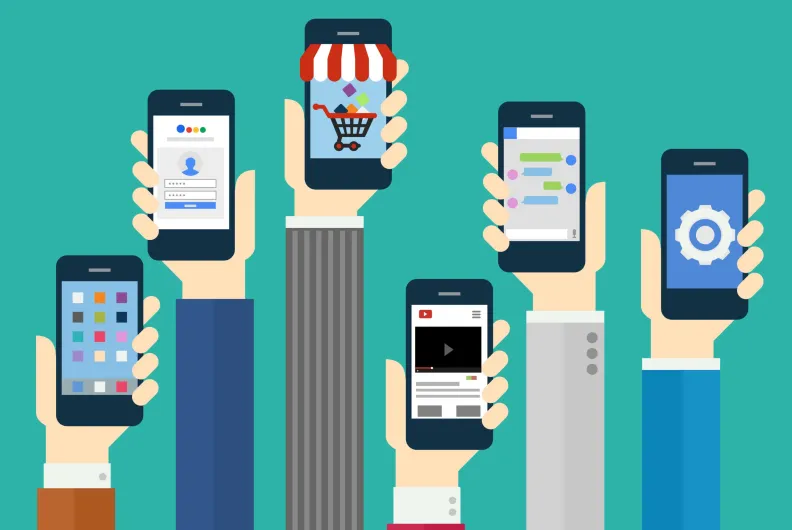If you're still not paying attention to mobile and approaching it as an integral part of your marketing strategy, then you're missing out on an enormous amount of business. A few years further down the line, when mobile is even more ubiquitous than it is now, the consequences of failing to prioritize the small screen will be even more severe. However, there's a lot more to a mobile marketing strategy than simply having a website that makes a half-hearted attempt to look good on a smartphone. Mobile presents many diverse opportunities, allowing you to reach out to potential customers in ways that were once impossible.
#1. Consider Mobile as a Part of the Customer Journey
Today, fewer and fewer people have desktop computers, and even laptop sales are falling as they make way for the unprecedented rise of smartphones and, to a lesser extent, tablets. Consumers are now more likely than ever to find new businesses when they're using the small screen, even if they still generally prefer to actually make purchases using a desktop device. In the case of local businesses, consumers often look online while they're on the move for venues in their area. As such, mobile is a critical part of the customer journey, both in the case of online commerce and local business walk-ins. In other words, it's become integral and inseparable from the whole customer experience.
#2. Send the Right Message at the Right Time
When it comes to mobile marketing, getting your timing right is critical, even if it takes a few attempts before you find exactly what works for your brand and its target audience. Because so many consumers have their phones with them wherever they go, you have the opportunity to reach out to them at any time. However, that doesn't mean you should use the opportunity to bombard your target audience with SMS's, push notifications and emails. It's essential to err on the side of caution so to avoid annoying your target audience. Obviously, you should avoid off-peak times when most consumers won't want to be disturbed. You can improve your timing by leveraging the potential of geo-targeting and the Internet of Things.
#3. Prioritize Content Relevance and Usability
Any marketer should believe in the importance of content relevance and usability, but it's also important to consider the difference between consuming content on the small screen and on the large screen. For example, relatively few people would feel comfortable reading a lengthy blog post on a smartphone. Small screen users tend to prefer shorter pieces that make extensive use of visuals, such as images, videos and slideshows. Such content is much easier to digest on the small screen, so it's important to segment your content marketing strategy wherever possible so that you can improve the user experience across all devices.
#4. Make It Part of a Multi-channel Experience
Although mobile marketing requires a separate approach in certain respects, particularly when it comes to delivering content and making website navigation easier, it should still be considered part of the multichannel marketing experience. Since mobile is nowadays deeply intertwined with the entire customer journey, it's important to think about the small screen in everything you do. Beyond simply optimizing your website, you'll also need to factor in mobile users when it comes to creating local business listings, creating your social media brand pages, optimizing your content for the search engines and pretty much anything else.
Final Words
There's little doubt that mobile is here to stay, and all of the facts point to the small screen becoming even more important than it already is. In fact, according to a study conducted by
KPCB Mobile Technology Trends in 2015 (see
2016 mobile marketing trends), mobile Internet usage among adults had already surpassed desktop usage. Nonetheless, this trend should not be seen is the doom of the desktop device. Instead, it reflects an increasing trend among consumers to stay connected no matter where they are or what they're doing. As such, there are now more ways to market your brand than ever before but, if you must prioritize one channel above all others, then it probably should be mobile.







